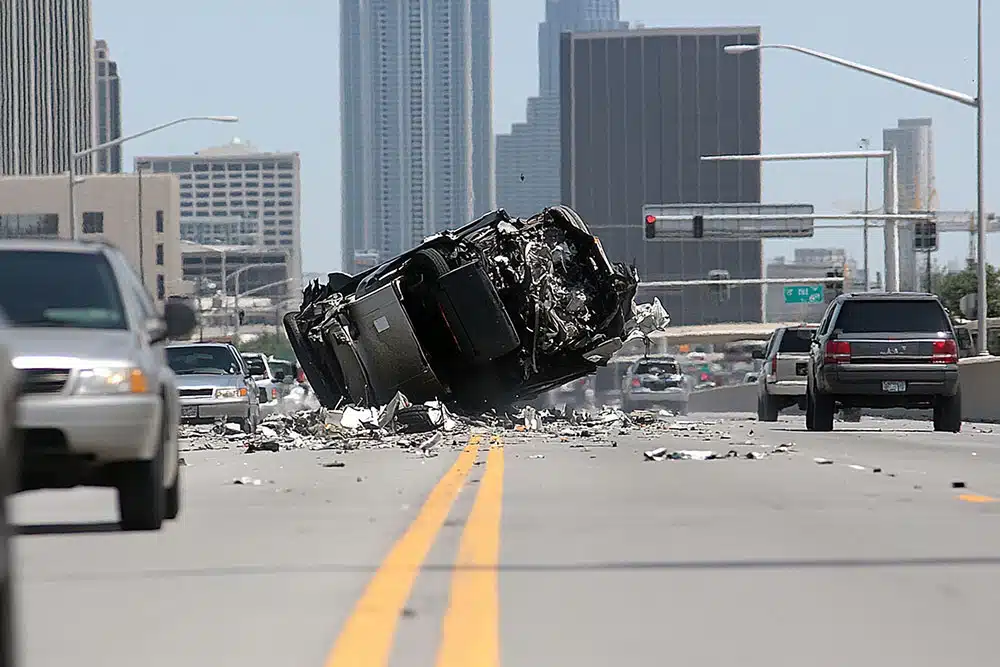
Tragedy struck a Connecticut town earlier this spring when a young girl was killed by a falling tree branch. The victim, 12-year-old Gabriela Hudak, was hit on the head by a branch that fell in her own front yard on March 29, 2013 She was rushed to a local hospital soon after being struck in the head, but passed away in the hospital three days later.
While a fatality from a falling tree branch may seem statistically unlikely, these accidents occur more often than one might think. In fact, according to the Occupational Safety and Health Administration (OSHA), there are typically more than 100 tree and landscape fatalities every year. Surprisingly, a mature tree can weigh 10 tons or more. An impact with this kind of weight is strong enough to easily crush a motor vehicle, severely damage a home and can lead to human fatalities and/or catastrophic injury.
Statistics Surrounding Falling Limbs: Homeowners V. Professionals
The Tree Care Industry Association (TCIA) is well aware of the injuries associated with falling trees and limbs. On average, the TCIA reports that arborists have a “fatal accident rate that is roughly 10 times the average for all industries.” If that figure is not high enough, the organization reports that loggers expose themselves to even greater danger with a “fatal accident rate that is 30 times higher than the all-industry average.” In addition to people whose livelihood revolves around work with trees, there’s another group of people who are at risk of injury from falling branches: homeowners.
It seems hard to believe, but when homeowners try to prune and garden around their houses, they tend to have around 5 times the number of injuries that professionals experience. These statistics take into account the number of reported emergency room visits for serious non-fatal injuries. Accidents can involve chain saws, chippers, and other power tools, but they can also include falling tree limbs after a heavy rain or storm system. In fact, OSHA reports that the primary cause for these outdoor accidents is a falling branch.
In order to prevent injuries from falling tree limbs, homeowners should periodically check their yards for dead trees, hanging tree limbs, etc. Furthermore, TCIA has a few recommendations for homeowners who decide to undertake their own tree felling:
- Establish a work zone with safety precautions;
- Use a communication system—let others know if there’s danger or if you need help;
- Use proper felling techniques—just because you “put a rope on it” or “cut a notch in the trunk” the tree may not fall where you’ve planned for it to fall.
Liability When Branches Fall and Injure Others
Even if you are not a homeowner cutting down tree branches in your own yard and you have surveyed the trees on your property for safety, there are still significant risks out there from falling limbs. Last year, the New York Times reported on a series of lawsuits against New York City related to deaths and injuries caused by falling tree branches. New Yorkers were injured while sitting on park benches and walking through other public spaces. These lawsuits raised serious questions about whether the City of New York had undertaken “diligent tree care” in its public areas.
In one specific case, Hinda Segal, a Brooklyn grandmother, was killed by falling branches while waiting at a bus stop on Avenue J. Mrs. Segal’s death occurred soon after a 29-year-old woman was severely injured by a large falling tree branch in Stuyvesant Square Park. In that case, pieces of the limb were “so deteriorated that it was hollow.”
The city argued that these pedestrians “should have known” about risks from trees and therefore should have used “reasonable safety devices” to prevent injury. The men and women of New York who served as jurors on these cases tended to disagree with the argument that the City is not responsible for injuries associated with deteriorated trees. In the case of Mrs. Segal, the jury initially awarded $2.95 million in damages. While this number was later reduced to $1.6 million by an appeals court, the award nonetheless indicates that falling tree branches are a very serious matter.
If you or a loved one have been injured or killed as a result of a fallen tree, contact an injury attorney today at The Rothenberg Law Firm Accident and Injury Lawyers to discuss the merits of your case.



